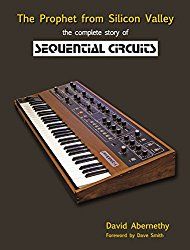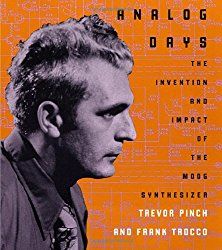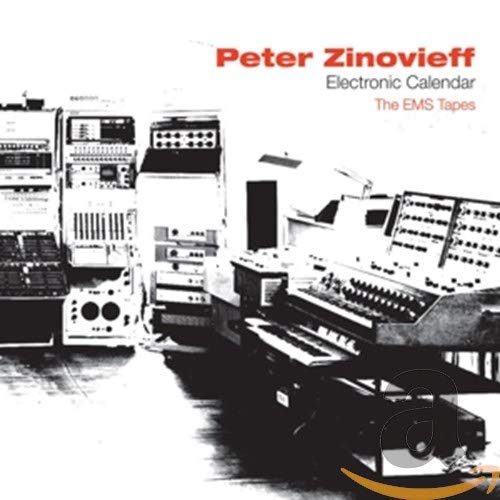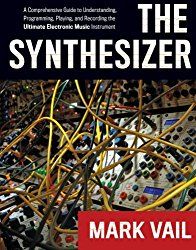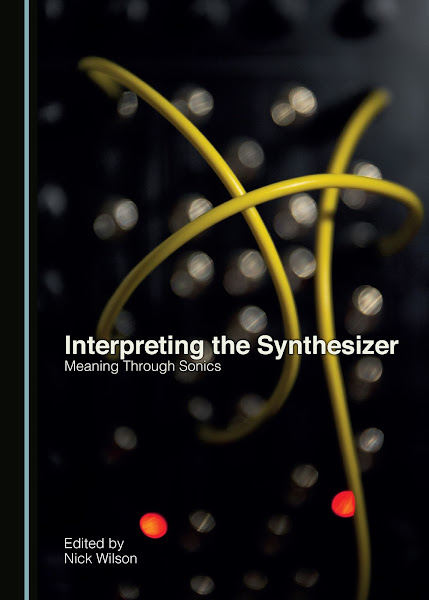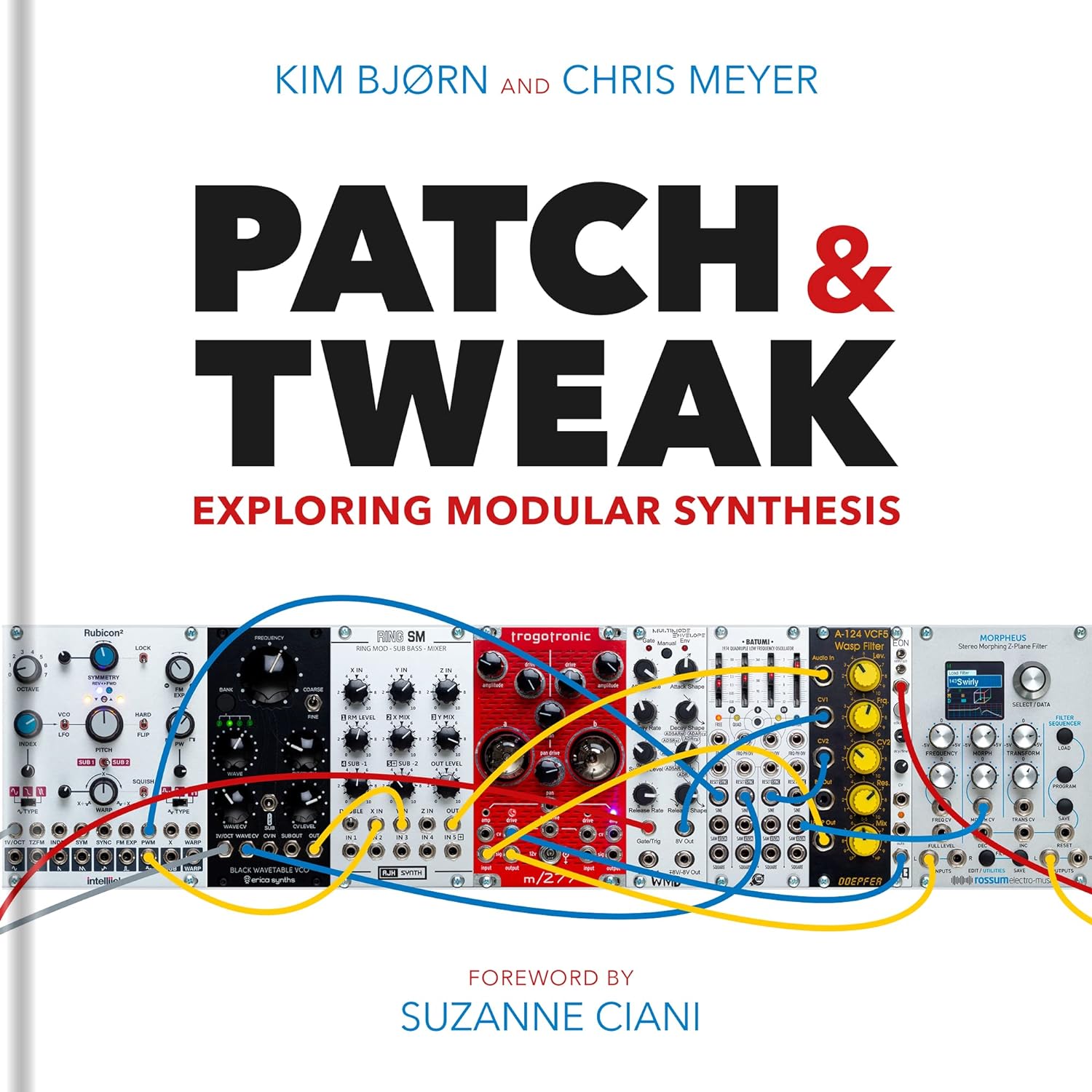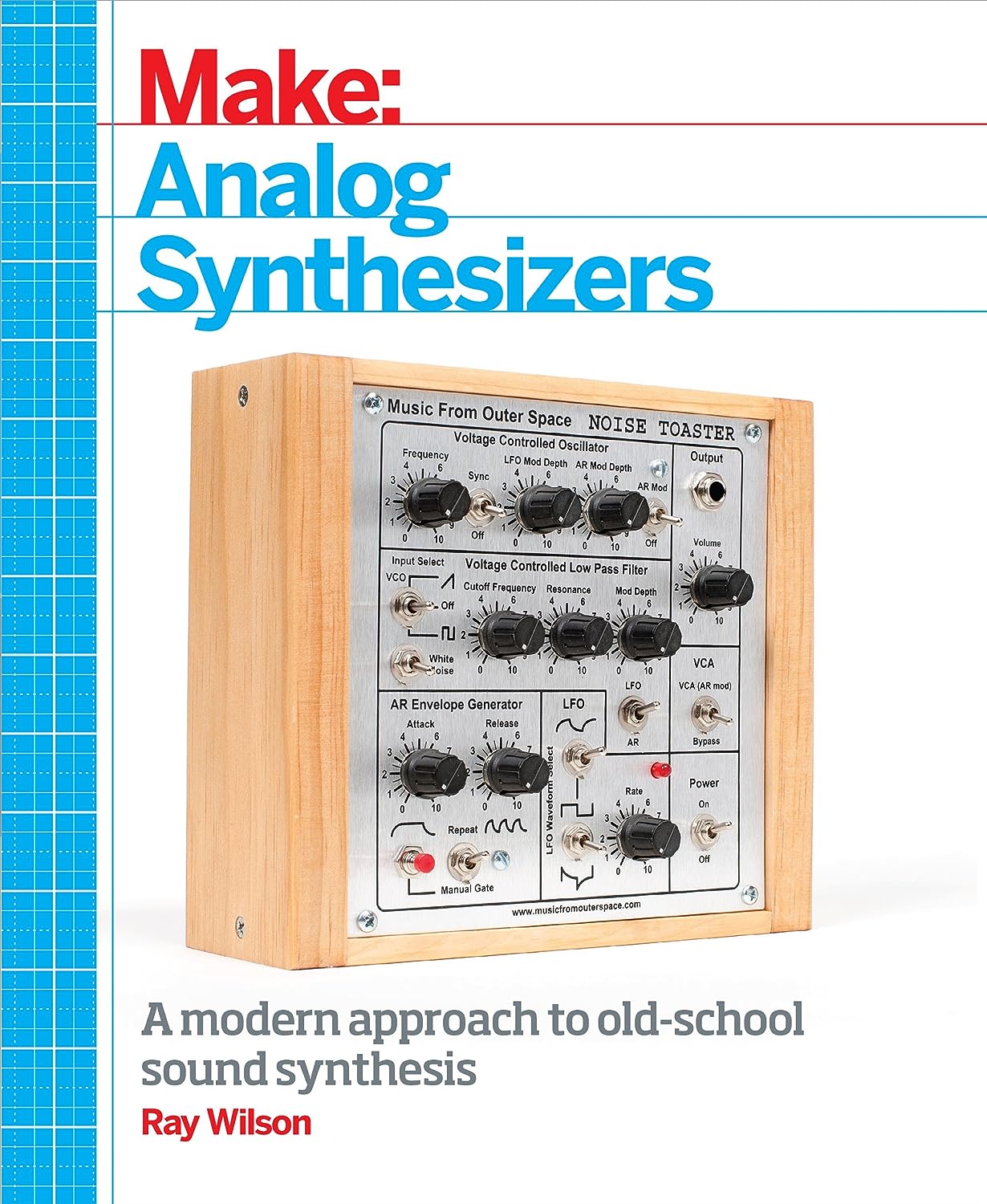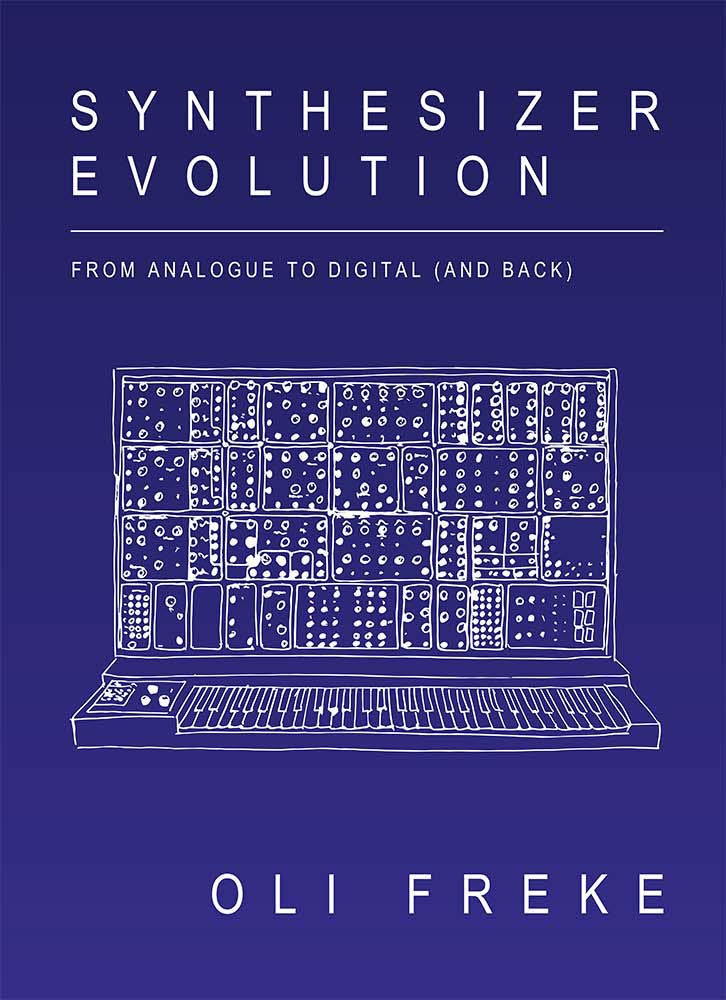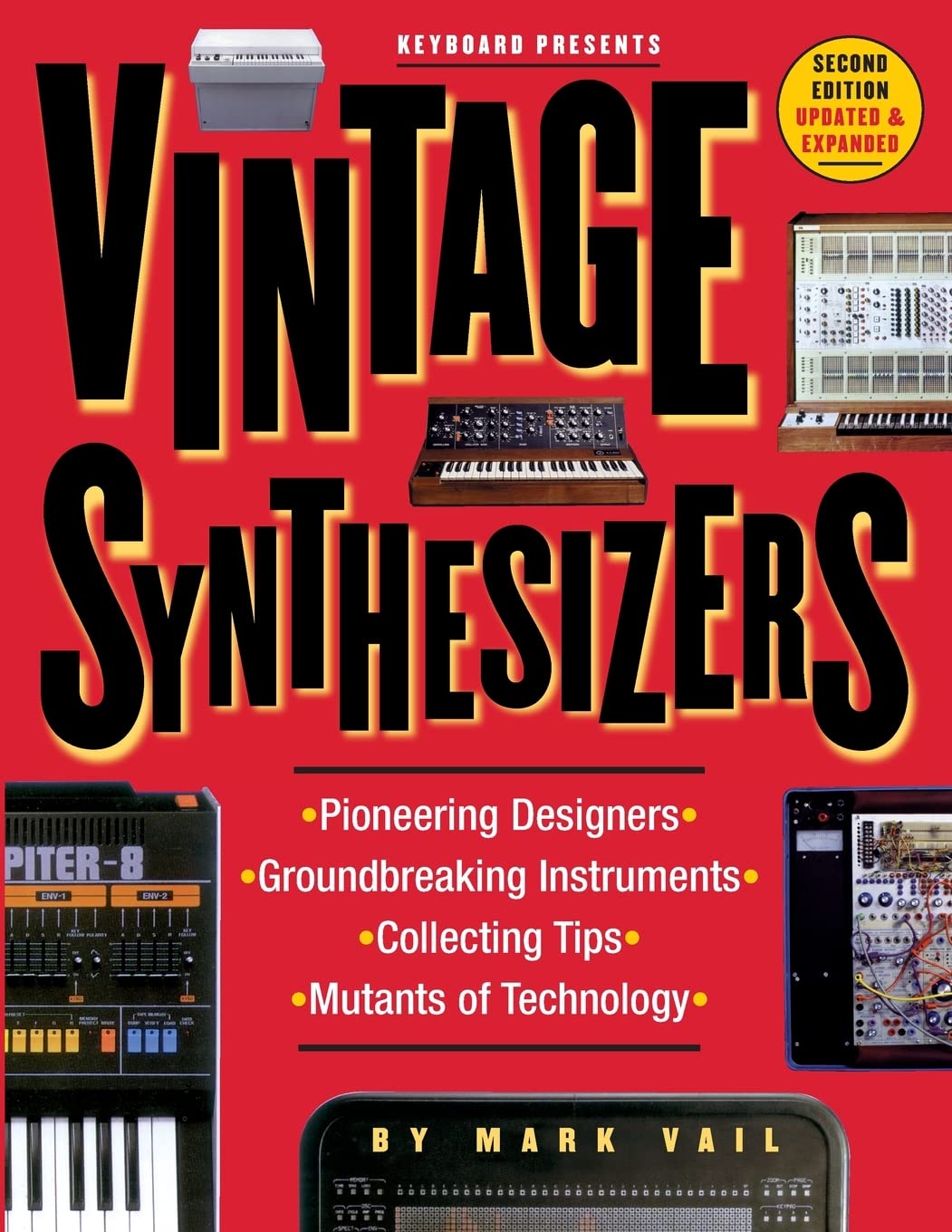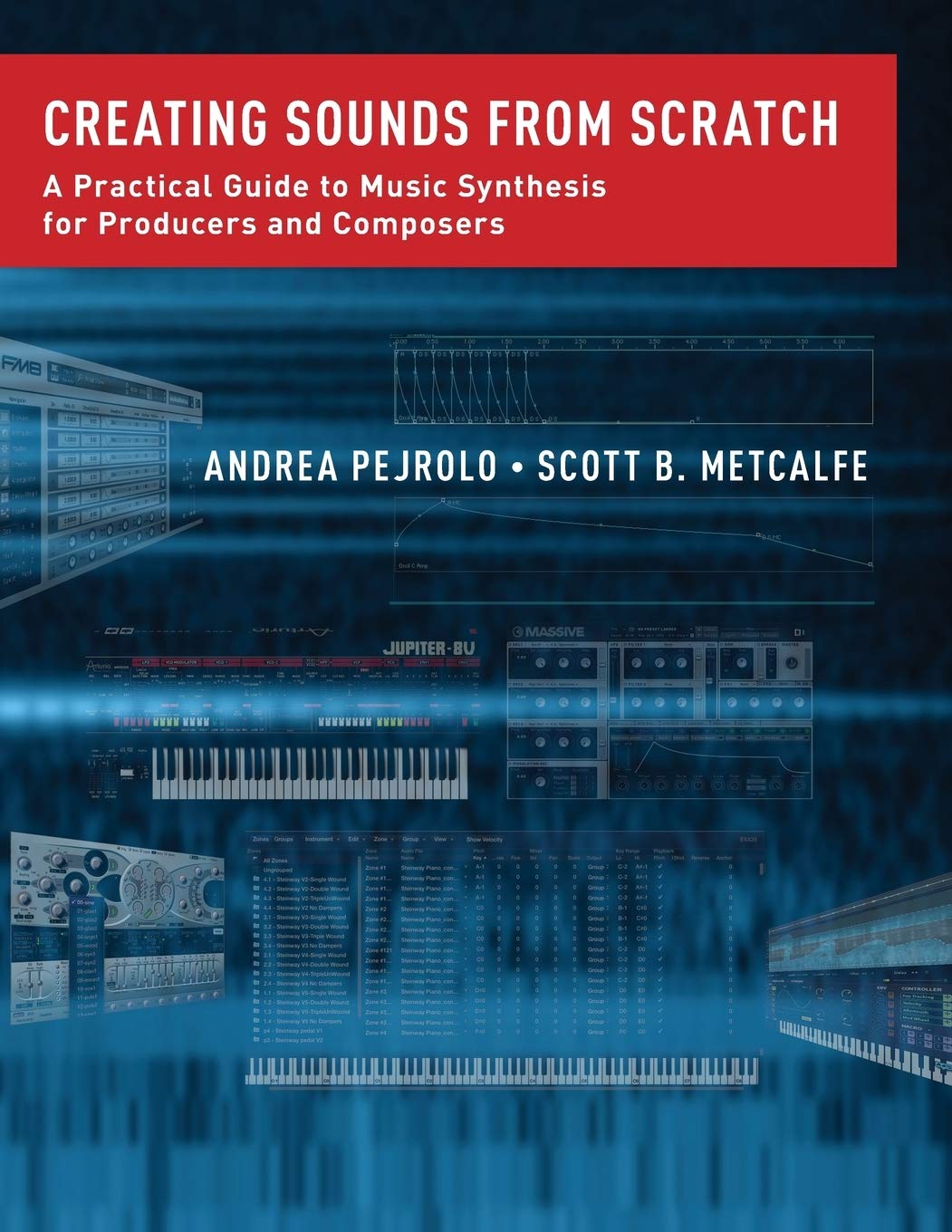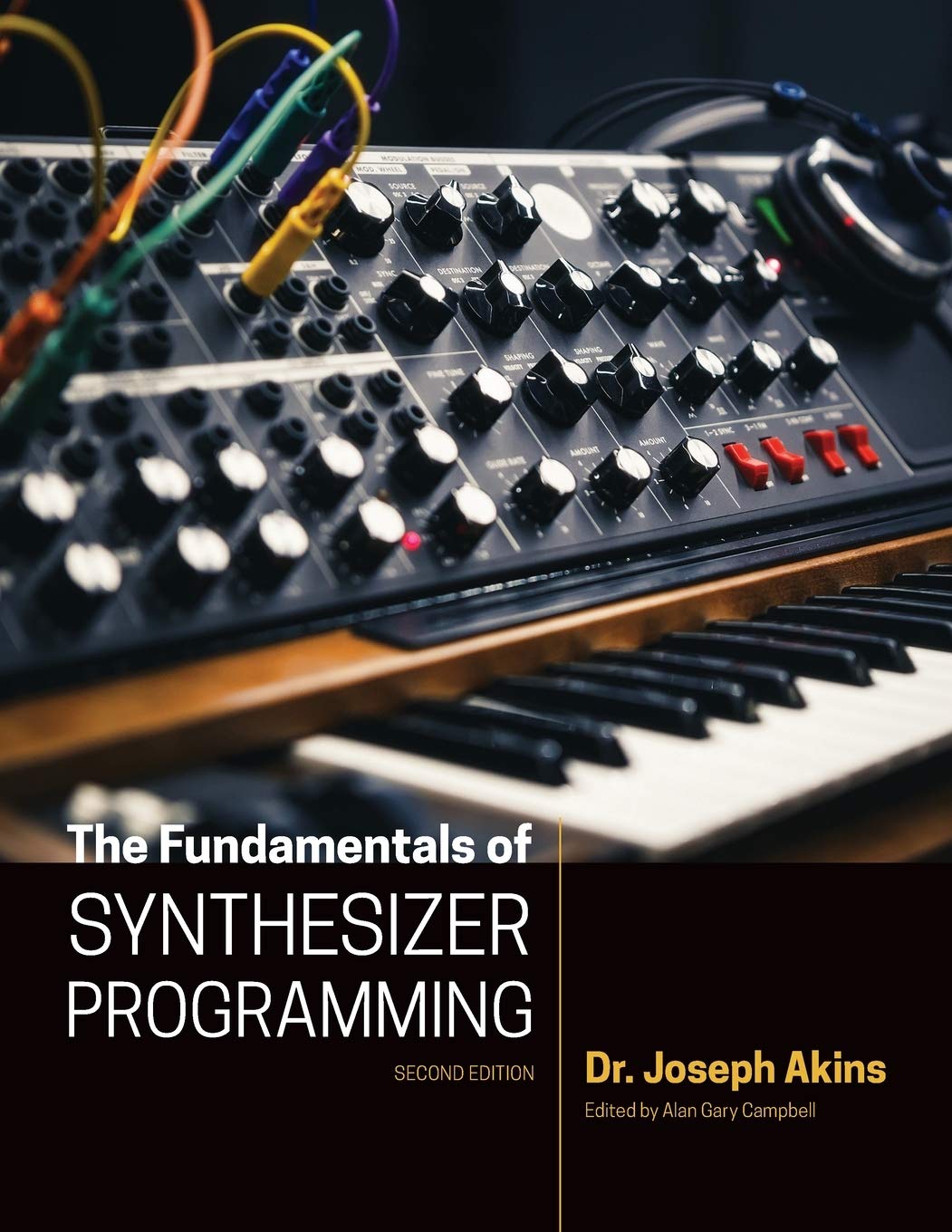video upload by AI Synthesis
"A demo video for the AI Synthesis AI022 Eurorack Harmonic Mixer.
The AI022 Harmonic Mixer Eurorack Module is a discreet mixer, using no Integrated circuit chips, and increasing gain will add harmonics to incoming audio.
It can be purchased as a module, or DIY Kit and PCB/Panel Set.
The Bias knob adjusts voltage of the circuit, and adjusts how well or poorly the transistors replicate incoming audio. Adjusting the bias will add or decrease harmonic distortion."
Update:
AI022 DIY Harmonic Mixer Eurorack Module Build Guide Video
video upload by AI Synthesis
Update: pics and press release:
 Portland, OR, USA 4/12/2022 – AI Synthesis has released the AI022 Harmonic Mixer in both a built and guaranteed version, as well as in kit and PCB/Panel format.
Portland, OR, USA 4/12/2022 – AI Synthesis has released the AI022 Harmonic Mixer in both a built and guaranteed version, as well as in kit and PCB/Panel format.
The AI022 Harmonic CP3 Style Mixer is a discreet mixer using no ICs. As gain increases harmonics and analog warmth are added. As gain increases more, distortion and phasing is added, creating new waveforms from old ones.
The AI022 takes inspiration from the legendary Moog Modular CP3 style mixer, but updates it for eurorack and allows for user customization of the circuit. Many Moog Modular users attribute the CP3 mixer module to providing much of the warmth of the Moog Modular sound.
An exposed Bias knob allows abuse of the circuit, and allows for faithful replication of incoming audio, or radical analog wave shaping and distortion. It is also possible to use the Bias knob to adjust a +/- 5V signal into a 0/+ or 0/- signal.
It comes in both Silver Aluminum versions and Black PCB FR4 versions.
“In the year 2000, I was in college and obsessed with modular synths, but could barely afford to eat. I knew it was possible to build your own synth, but there wasn’t anyone, or anywhere to turn to for advice. In the past decade, much more information has been published online, and in 2013 I started down my path to DIY modular. Even with all of the information online, there still lacked a single, simple, comprehensive guide for those looking to build their own synthesizer. I want AI Synthesis to be that guide. Prior to building my own synth, I was a dreamer, after building my modular, I felt I had awoken. I want to help others do the same.”
-Abraham Ingle
Founder, AI Synthesis In addition to providing step by step build instructions, schematics, and circuit explanations, the site also includes a guide for getting started in modular synthesis, and a series of DIY Guides, with information regarding how Resistors actually work, and how to integrate a $26 scope into your Eurorack system.

q1TSU-hBMcEMOfjLg~~_3.JPG)
qZpo2yzBMcEMUjMYQ~~_3.JPG)
























